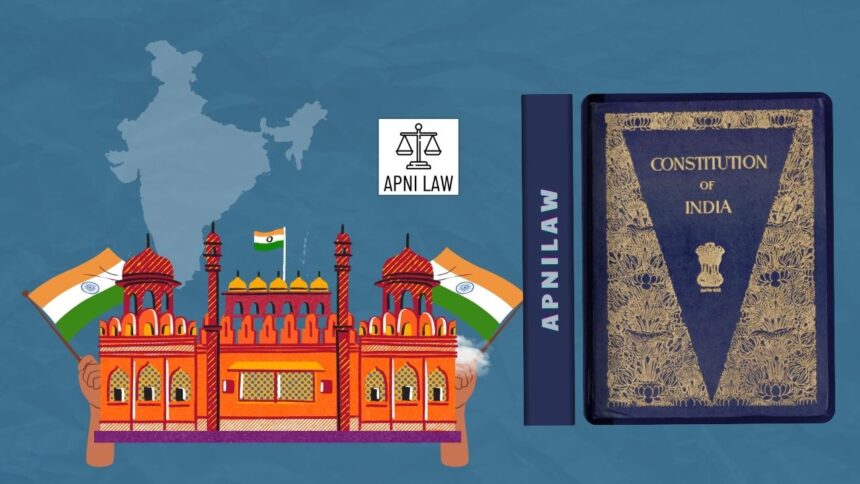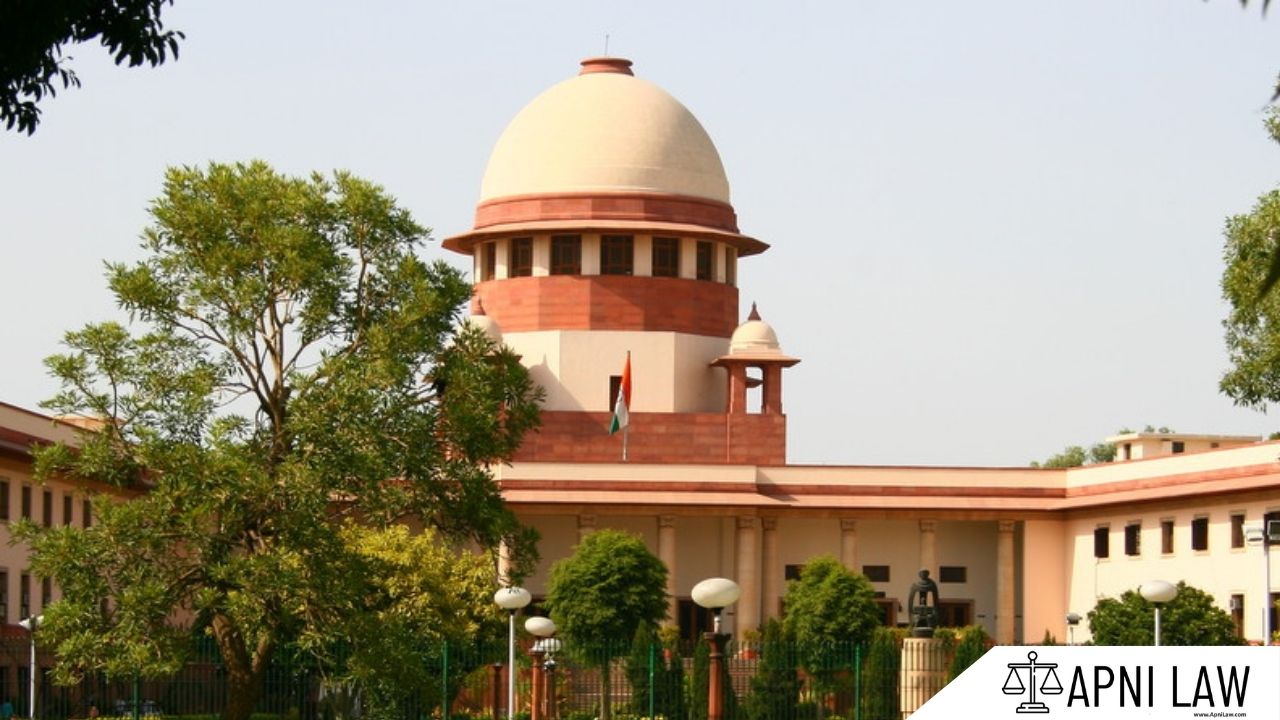What Is the Constitutional Feasibility of One Nation, One Election?
One Nation, One Election (ONOE) refers to holding Lok Sabha and all State Assembly elections at the same time. The idea aims to streamline India’s electoral process. Yet the constitutional feasibility of ONOE involves major challenges and legal changes. The proposal demands amendments, political consensus and safeguards for India’s federal structure.
Why Does ONOE Require Constitutional Amendments?
ONOE needs changes in core constitutional provisions. Article 82 sets rules for delimitation and the term of the Lok Sabha. Article 172 fixes the five-year term of State Assemblies. To implement ONOE, Parliament must amend these articles. Such amendments need a special majority under Article 368(2). At least half of the states must also ratify these changes. This becomes difficult because many states may hesitate to shorten or extend their own assembly terms. These conditions make the amendment process legally possible but politically tough.
How Does the Proposal Affect Federalism and State Autonomy?
The ONOE proposal includes provisions that allow the Election Commission to decide if simultaneous elections are possible in a state. This creates concerns about federal balance. States fear that delaying or advancing their elections may weaken their autonomy. It also challenges the rule in Article 172 that guarantees a fixed five-year term. Any disruption of these fixed terms may violate the Basic Structure Doctrine established in the Kesavananda Bharati case. The doctrine protects federalism and democratic structure from excessive central influence. Thus the proposal raises important questions about balancing efficiency with constitutional safeguards.
Does ONOE Impact Election Scheduling and Democratic Functioning?
Synchronizing elections across all states is complex because governments may fall early or lose majority support. If elections must remain synchronized, states may face temporary president’s rule or caretaker governments for long periods. This can distort the democratic cycle. It may also reduce flexibility for states to dissolve assemblies when political situations change. Critics argue that such uniform scheduling does not fit India’s diverse political landscape. They believe that the proposal may create pressure to maintain fixed timelines even when democratic circumstances require otherwise.
What Are the Political and Governance Advantages Claimed by Supporters?
Supporters claim that ONOE can reduce election expenses for governments and political parties. They say that frequent elections slow down development work due to the Model Code of Conduct. Simultaneous elections can reduce disruptions and create smoother governance. Some analysts argue that fewer elections can also support economic growth by improving stability and lowering administrative costs. These claims highlight potential benefits in efficiency and governance.
What Concerns Do Critics Raise About Democracy and Federal Structure?
Opponents argue that ONOE may weaken regional parties. They believe that national issues may overshadow local issues during synchronized elections. This could favor larger national parties and centralize political power. Critics also fear that such changes may alter India’s cooperative federalism. They warn that uniformity should not come at the cost of democratic flexibility. For many states, independent election cycles reflect local political realities. Synchronizing all elections may reduce this diversity.
What Is the Current Status of the ONOE Proposal?
The 129th Constitutional Amendment Bill, 2024 was introduced to make ONOE possible. Parliament referred it to a Joint Parliamentary Committee for review. The bill faces strong resistance from several regional parties. It also lacks the comfortable two-thirds majority needed for constitutional amendment. Without broad political agreement, the proposal cannot move ahead. The debate continues in Parliament, legal circles and policy forums. Many discussions focus on how to balance efficiency with democratic and federal principles.
Can ONOE Be Implemented Without Disrupting the Basic Structure?
ONOE is legally possible but requires careful constitutional design. Amendments must respect federalism, separation of powers and democratic functioning. India’s Basic Structure Doctrine restricts major changes that affect these principles. Any attempt to alter election schedules must protect state autonomy and uphold democratic cycles. If amendments safeguard these elements, ONOE can become constitutionally feasible. Without such protection, the reforms may face judicial challenges.
What Are the Broader Implications for Governance and Stability?
If implemented well, ONOE may create more predictable governance cycles. Governments can focus on long-term policies without facing frequent election pressure. Administrative machinery will operate more smoothly. However, synchronized elections may make political transitions more rigid. If a state government collapses early, the system must address such situations without undermining representation. Balancing stability with democratic responsiveness becomes essential.
Is ONOE a Practical Reform for a Large and Diverse Democracy?
India’s size and diversity create challenges for uniform election timing. Many states experience different political cycles due to varied social and economic factors. ONOE tries to bring uniformity to this diversity. Supporters see this as efficient, while critics view it as unrealistic. The success of ONOE depends on how well India can harmonize national goals with regional needs. Effective mechanisms must ensure that no state loses its democratic rights for the sake of synchronization.
How Does the Debate Reflect India’s Constitutional Vision?
The ONOE debate highlights India’s ongoing struggle to balance unity with diversity. The Constitution allows flexibility but protects essential principles. Any reform must pass legal tests and gain democratic legitimacy. The discussion around ONOE reflects India’s constitutional maturity. It shows the need for dialogue between the centre and the states. The debate also emphasizes the importance of inclusiveness in major reforms.
Conclusion
ONOE is constitutionally feasible but demands major reforms, state approval and political consensus. The proposal raises concerns regarding federalism, state autonomy and democratic flexibility. It also offers benefits in efficiency, cost reduction and stable governance. The final decision depends on how well lawmakers address constitutional safeguards while aiming for administrative simplification. The debate around ONOE continues as India seeks to balance efficiency with its federal and democratic foundations.







